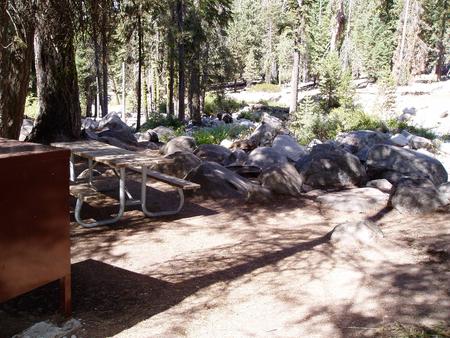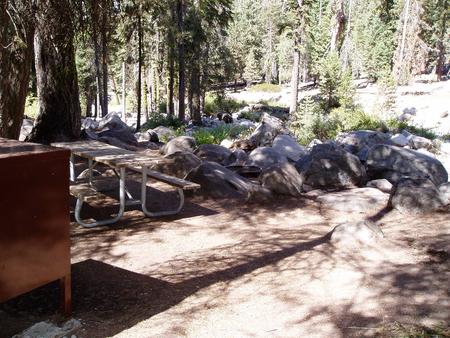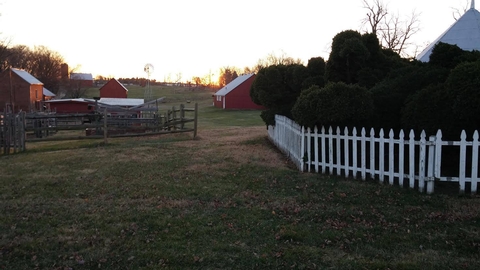Directions
The refuge’s headquarters and main public use area is located at its Brigantine Division on the mainland, at Oceanville, New Jersey. From US 9, visitors may enter the refuge via Great Creek Road, which ends at the refuge’s gate. The Barnegat Platform is located in Barnegat on Bay Shore Drive off of Route 9 between Ridgeway and Edison Avenues.
Phone
609-652-1665
Activities
INTERPRETIVE PROGRAMS, FISHING, HIKING, HUNTING, VISITOR CENTER, WILDLIFE VIEWING, ENVIRONMENTAL EDUCATION, PHOTOGRAPHY
Camping Reservations
Reserve your campsite at these camping areas:
Hiking Trails
Looking for nice hiking areas to take a hike? Choose from these scenic hiking trails:
Related Link(s)
More New Jersey Recreation Areas
Edwin B. Forsythe National Wildlife Refuge
Forsythe NWR, located 10 miles north of Atlantic City, is composed of two separate Divisions, Barnegat in the north and Brigantine in the south. The Brigantine and Barnegat Divisions were originally two distinct refuges, established in 1939 and 1967 respectively, to provide important wintering habitat for waterfowl, especially black ducks and Atlantic brant. The Divisions were combined in 1984 under the Edwin B. Forsythe name, in honor of the late conservationist Congressman from New Jersey. The refuge complex covers approximately 46,000 acres in three counties including Atlantic, Burlington, and Ocean. Nearly 80 percent of Forsythe Refuge is tidal salt meadow and marsh, interspersed with shallow coves and bays. Most of the remainder of the refuge acreage is woodlands dominated by pitch pines, oaks, and white cedar, with some fields which are maintained to provide habitat diversity. More than 6,000 acres are designated as Wilderness Area. This includes Holgate and Little Beach, two of the few remaining undeveloped barrier beaches in New Jersey. These pristine sites provide critical nesting habitat for threatened piping plovers and a wide variety of other beachnesting species. Beaches and dunes provide nesting habitat for piping plovers, black skimmers and least terns. Occasionally peregrine falcons, bald eagles and osprey are seen. Each spring and fall, thousands of water birds stop at Forsythe Refuge during their long migrations. Waterfowl, wading birds, and shore birds may be viewed from the Wildlife Drive as they feed and rest. Refuge uplands also provide important stopover habitat for migrating passerines. Forsythe is a Western Hemisphere Shorebird Reserve Network site, a Wetlands of International Importance site under the Ramsar Convention, and an important birding area. It also is a part of The Jacques Cousteau National Estuarine Research Reserve and The New Jersey Coastal Heritage Trail. In 2002 the refuge was the recipient of the New Jersey Governor’s Eco-Tourism Award.








